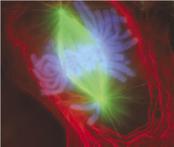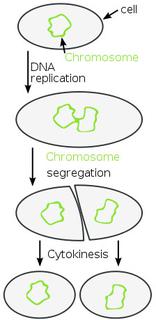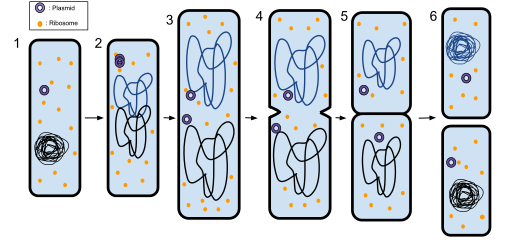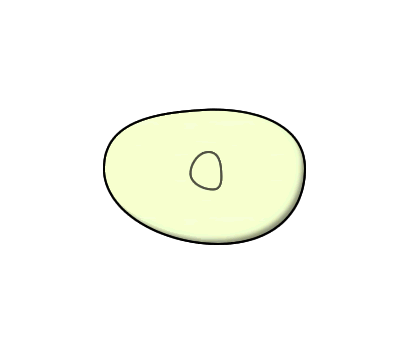 | ||||
Types of Cell Division:
Binary Fission, Mitosis & Meiosis
Cells are the most fundamental units of life. All living organisms are made of one or more. Cells reproduce by copying their genetic material and then dividing—a parent cell giving rise to daughter cells.
Article Summary: There are three different types of cell division, the binary fission of prokaryotes, and mitosis and meiosis in eukaryotes. Here are the basics.
Types of Cell Division: Binary Fission, Mitosis & Meiosis
Binary Fission
You have free access to a large collection of materials used in a college-level introductory Cell Biology Course. The Virtual Cell Biology Classroom provides a wide range of free educational resources including Power Point Lectures, Study Guides, Review Questions and Practice Test Questions.
SPO VIRTUAL CLASSROOMS
Page last updated: 3/2016
Although these basics of cell division are the same for all forms of life, there are important differences between prokaryotes and eukaryotes, as well as between somatic cells and germ cells.
What Is Binary Fission?
The reproduction of prokaryotic cells (bacteria and bacteria-like Archaea) is accomplished through binary fission.
How frequently a bacterium undergoes cell division is known as generation time, and, even under optimal conditions, the time required varies widely among bacteria.
Binary fission is essentially cloning. Barring mutations that may have occurred when the genetic material was copied (a process called replication), the two resulting daughter cells are identical to the parent cell.
A bacterial cell that is ready to divide first copies its genetic material, called the nucleoid—a single, circular chromosome of DNA
(deoxyribonucleic acid). The two chromosomes, each attached to the plasma membrane, move apart as the cell elongates.
Once the two copies of genetic instructions are separated, the cell divides, laying down new cell wall and membrane between the two chromosomes.
 | ||||||





